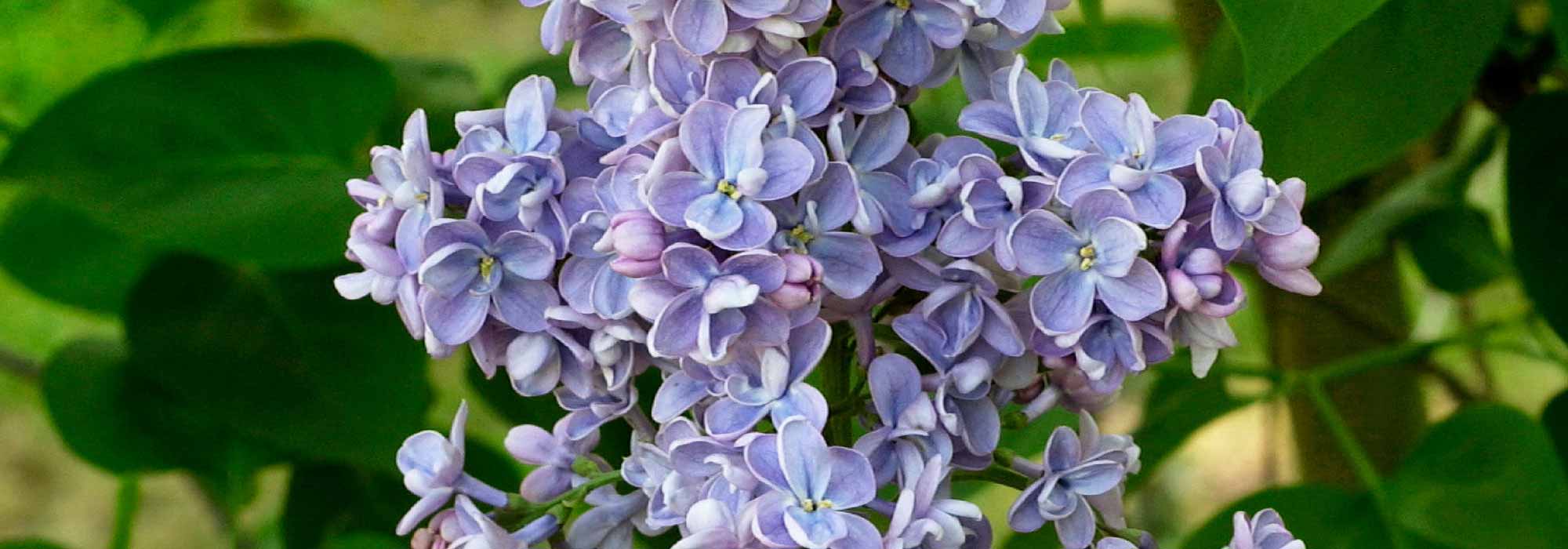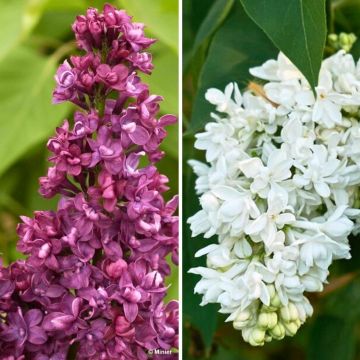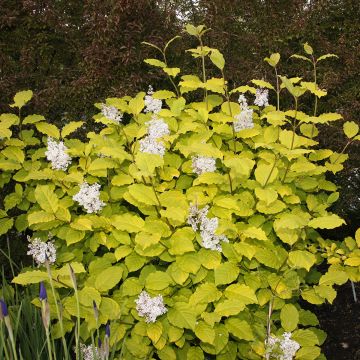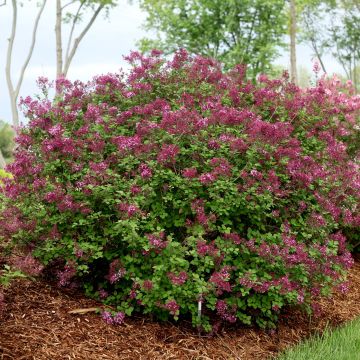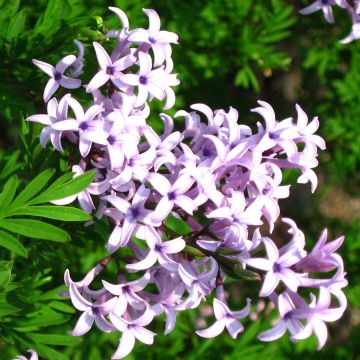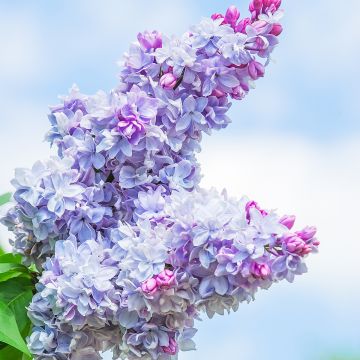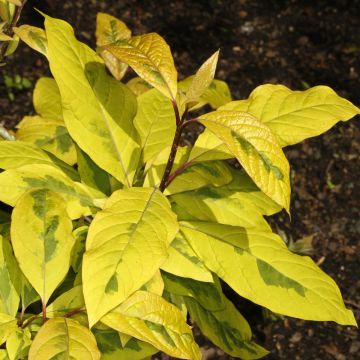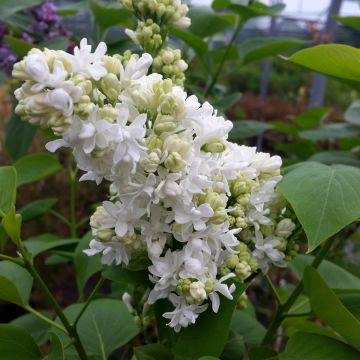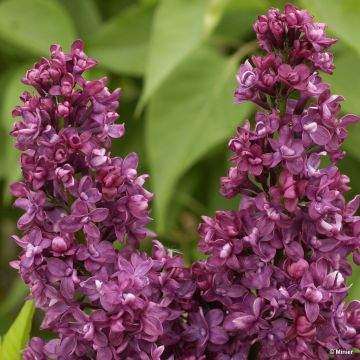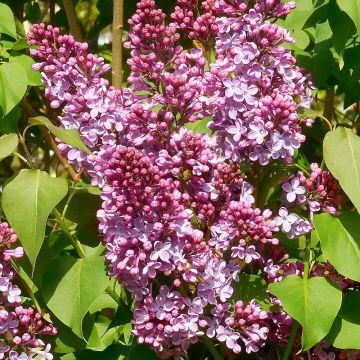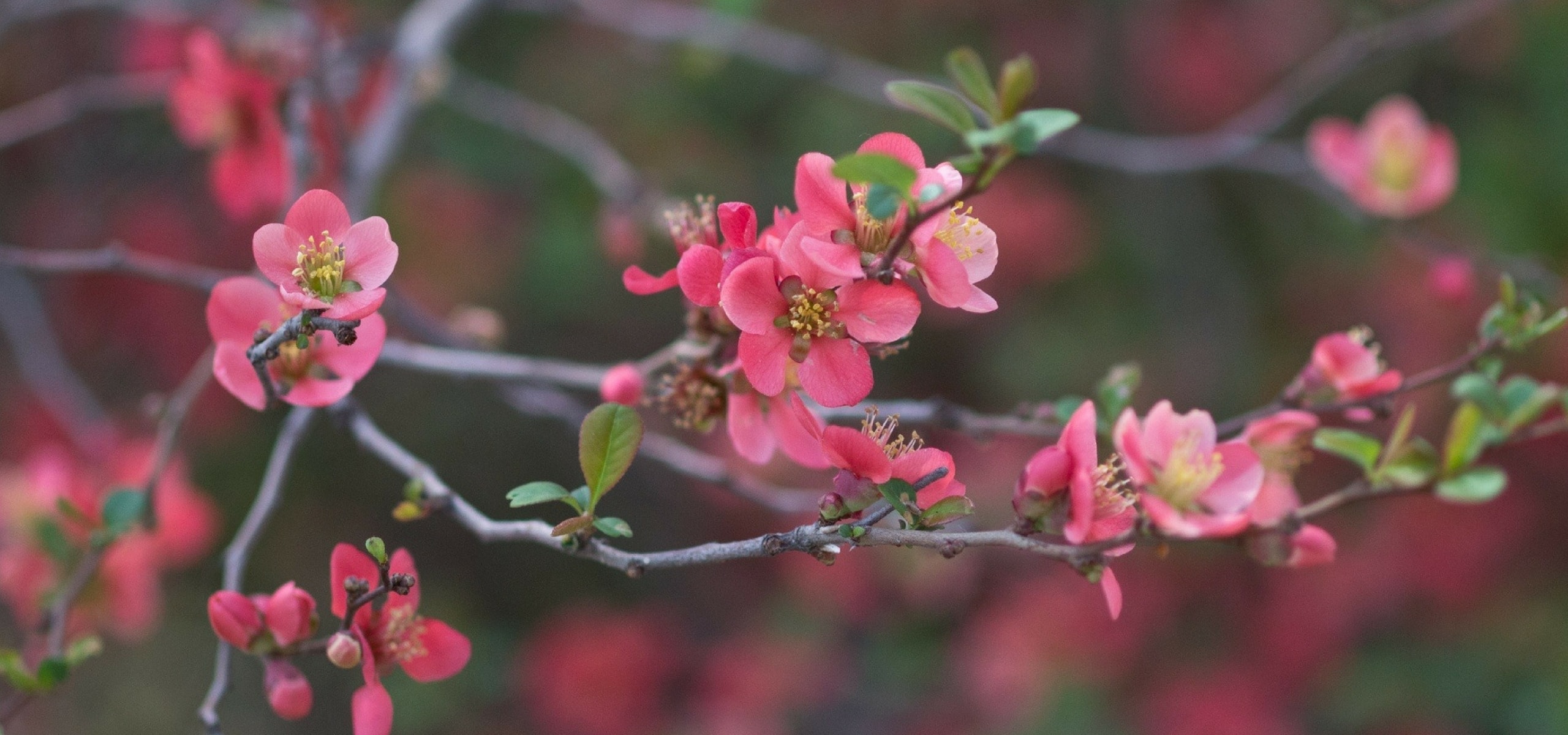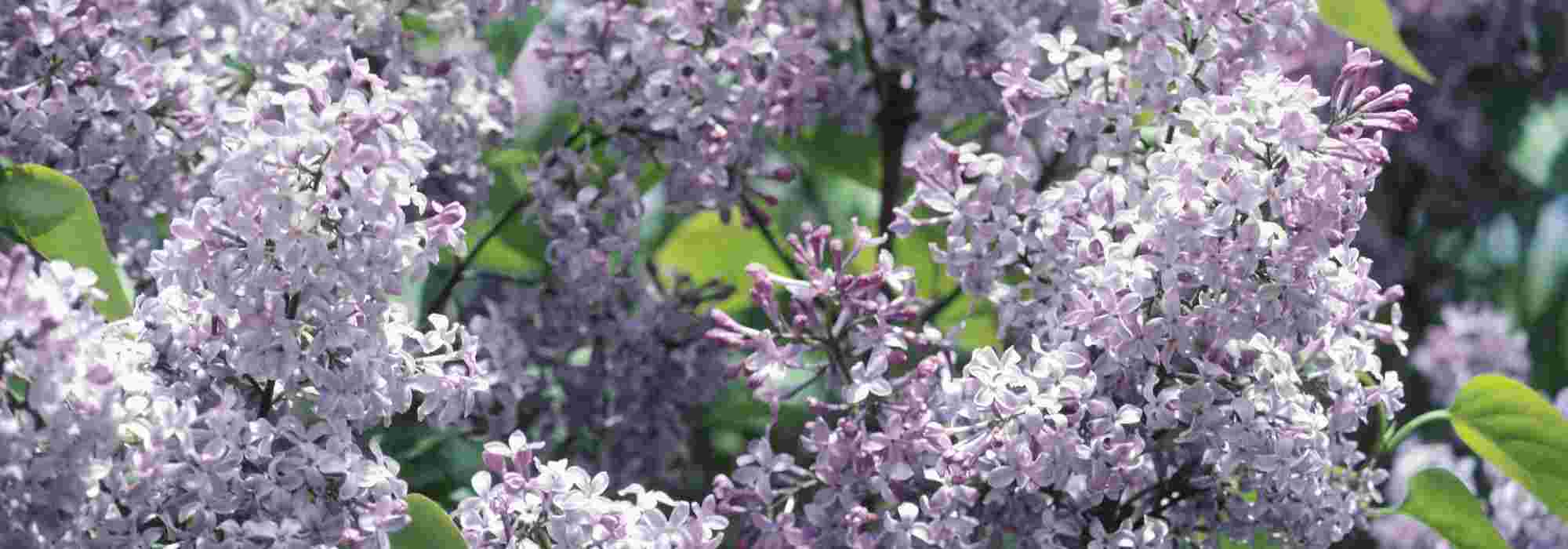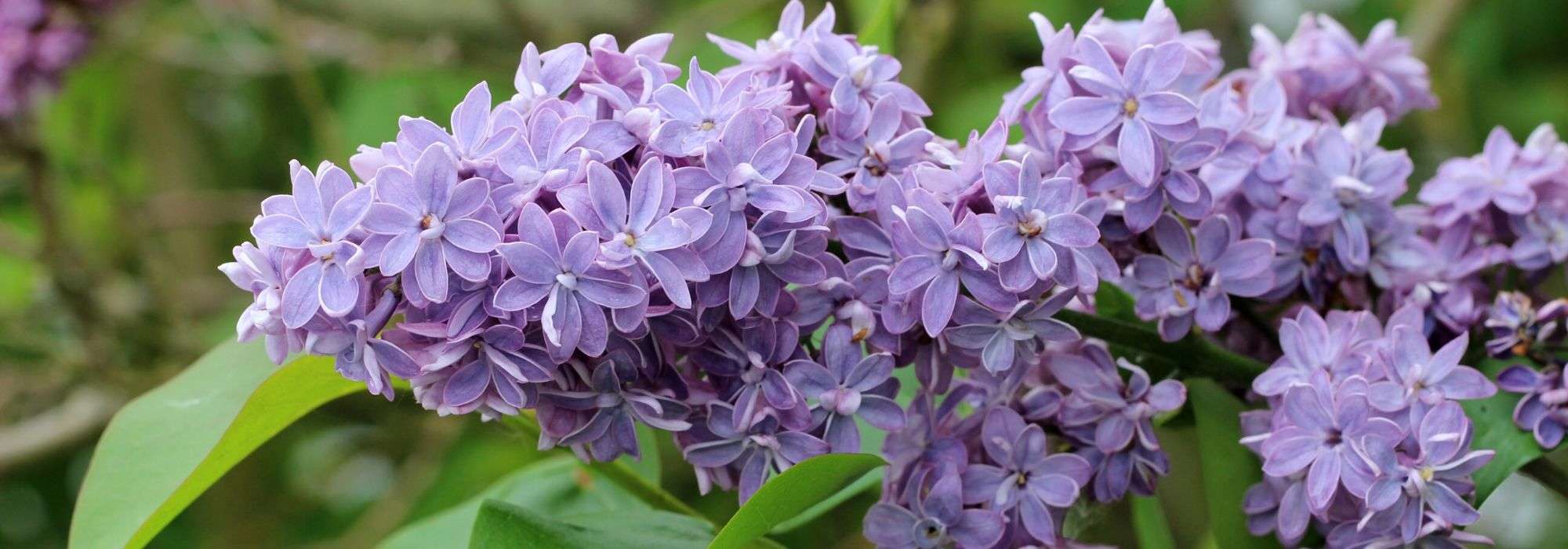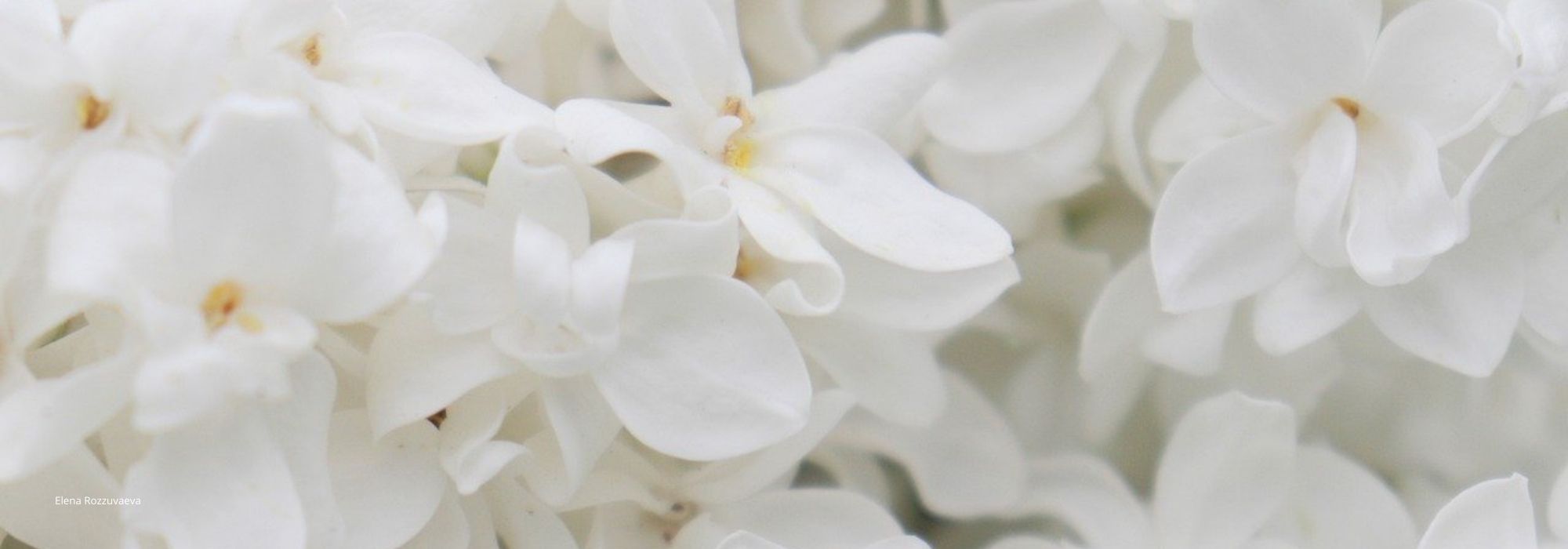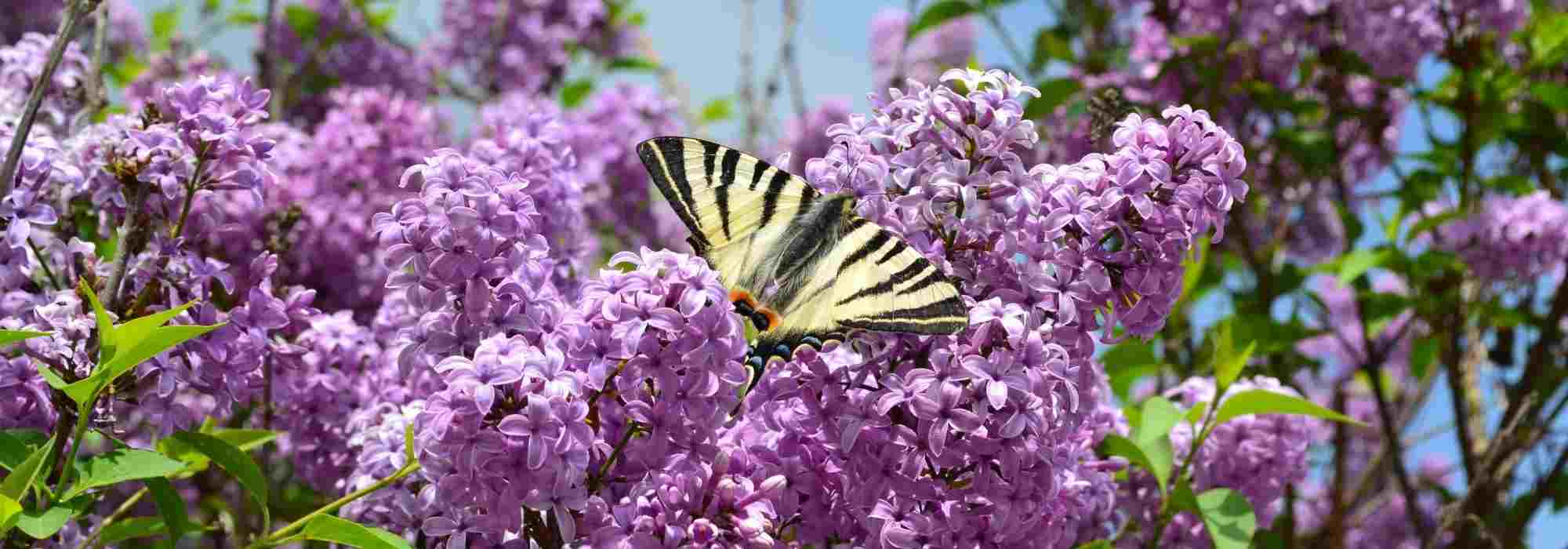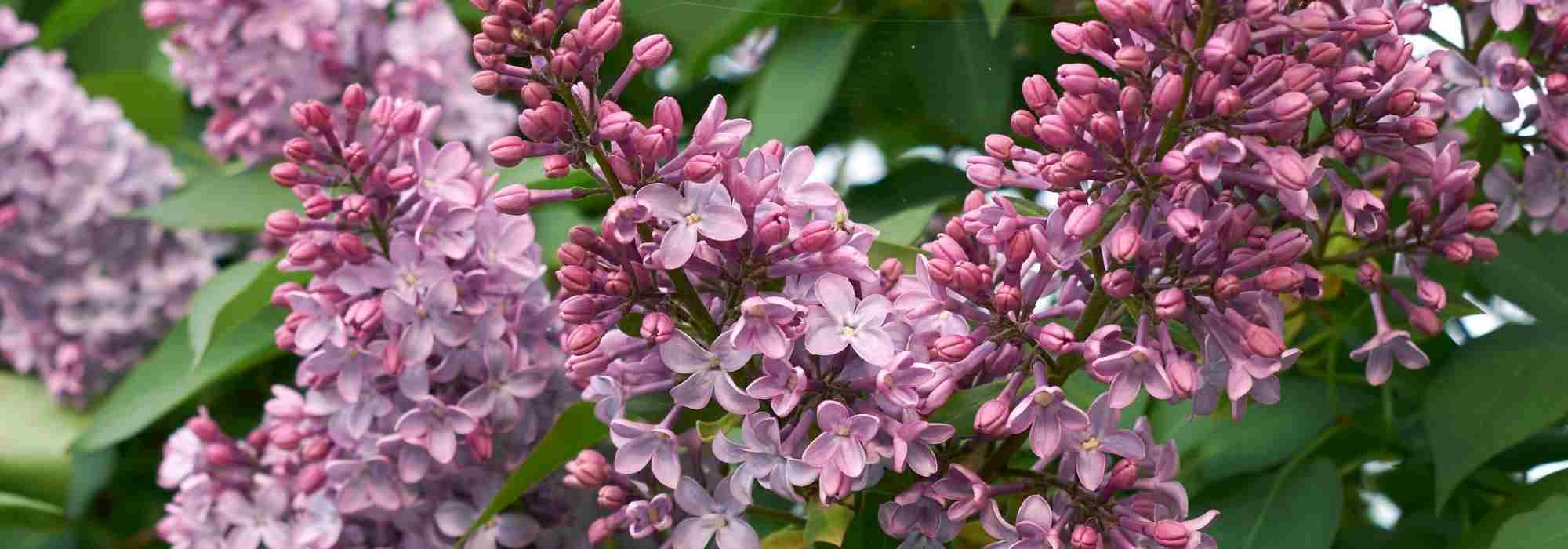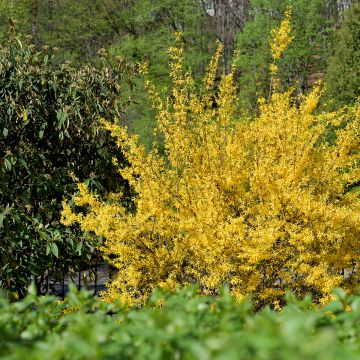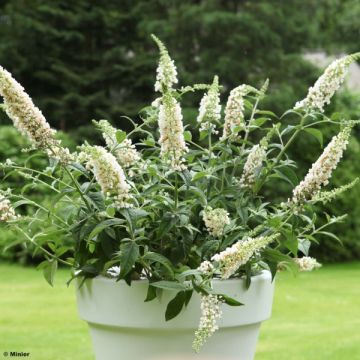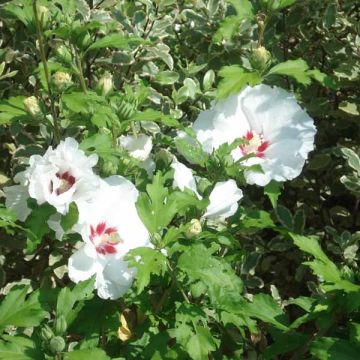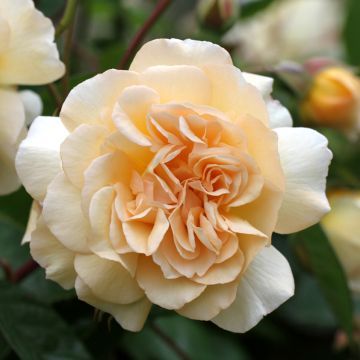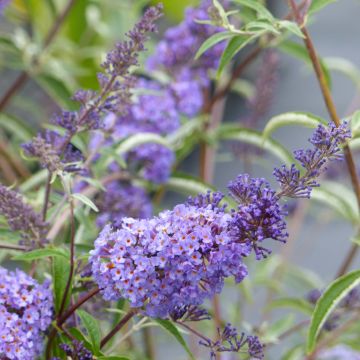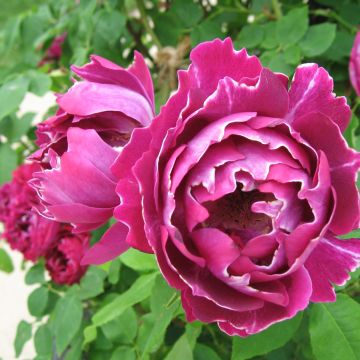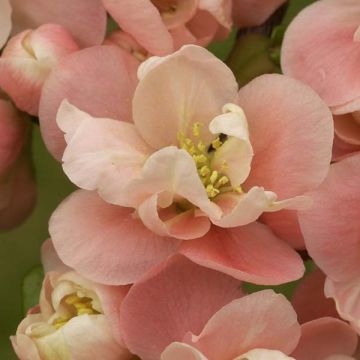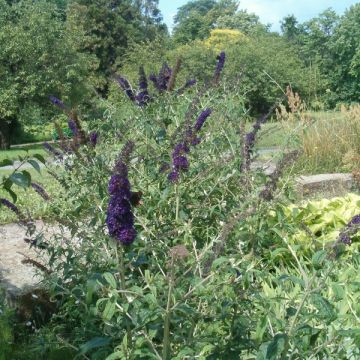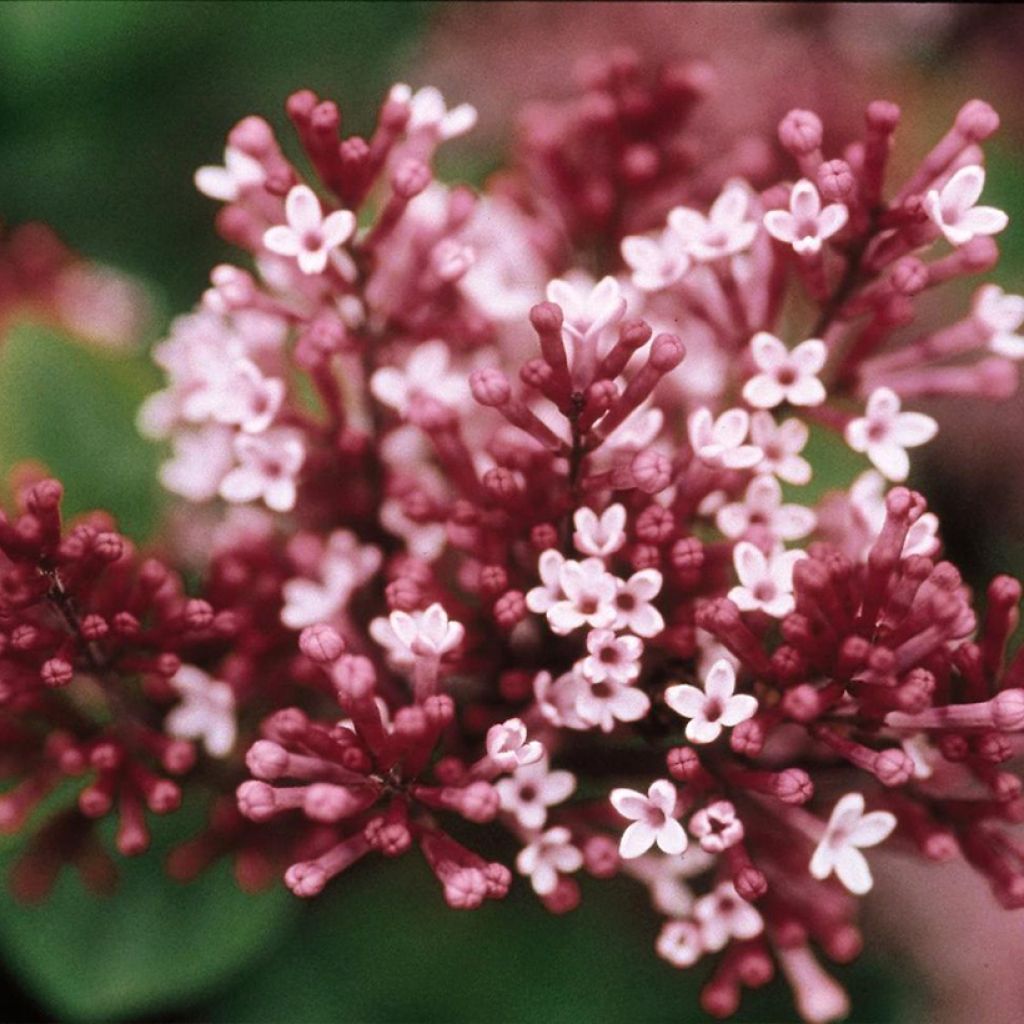

Syringa meyeri microphylla Tinkerbelle - Lilac
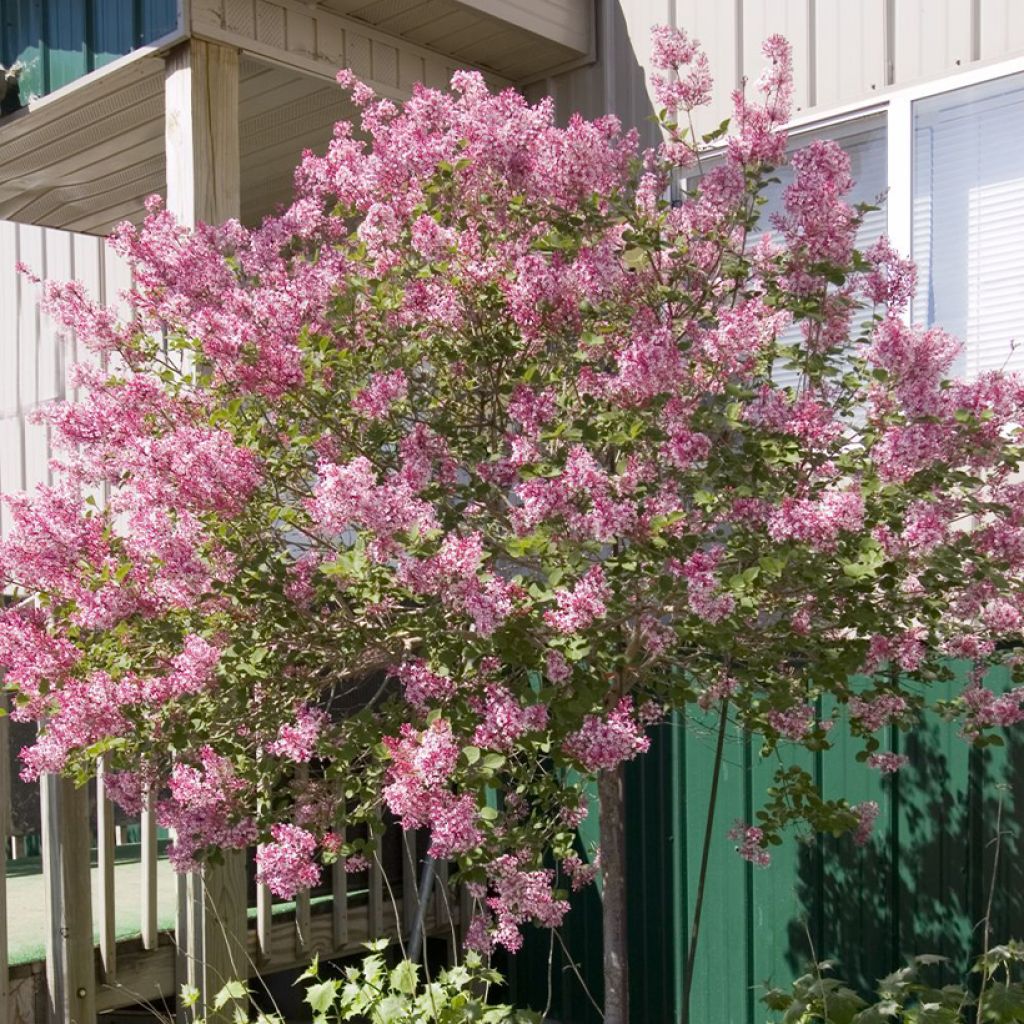

Syringa meyeri microphylla Tinkerbelle - Lilac
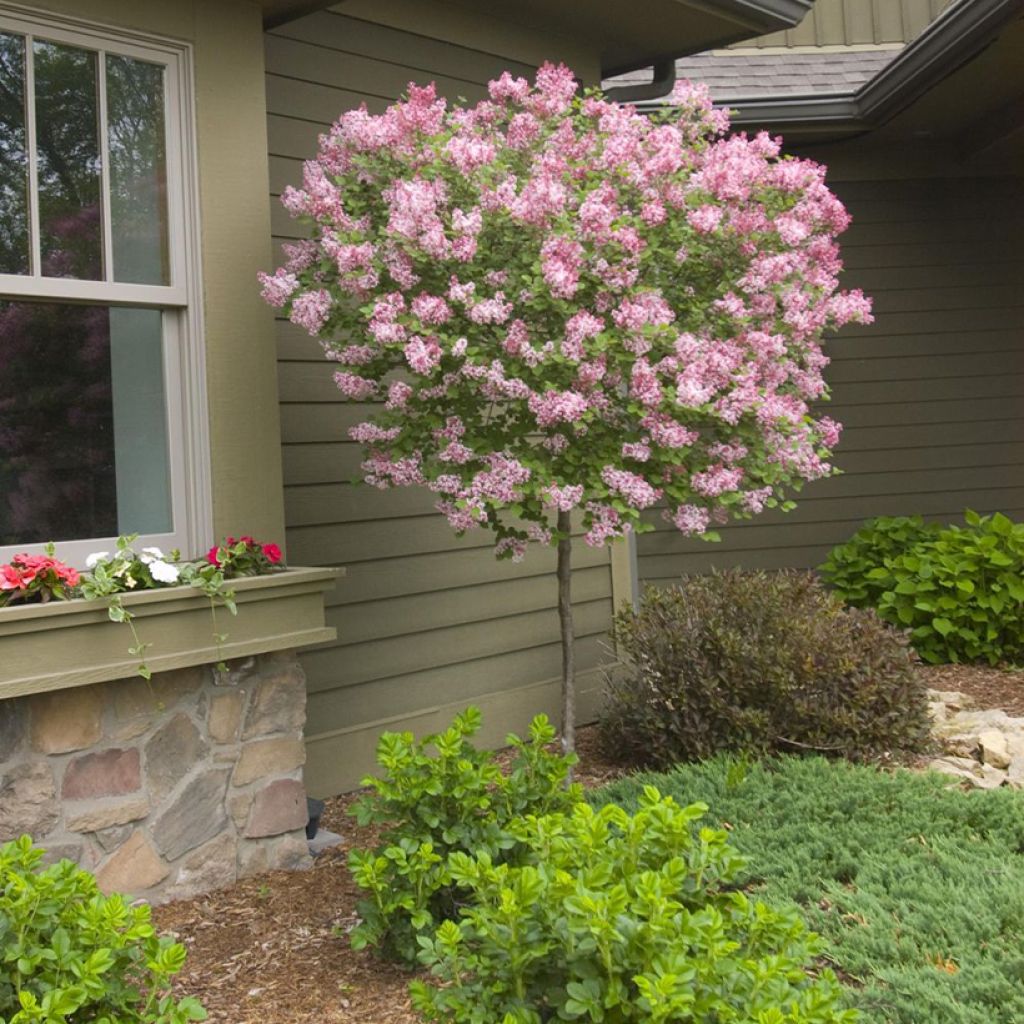

Syringa meyeri microphylla Tinkerbelle - Lilac
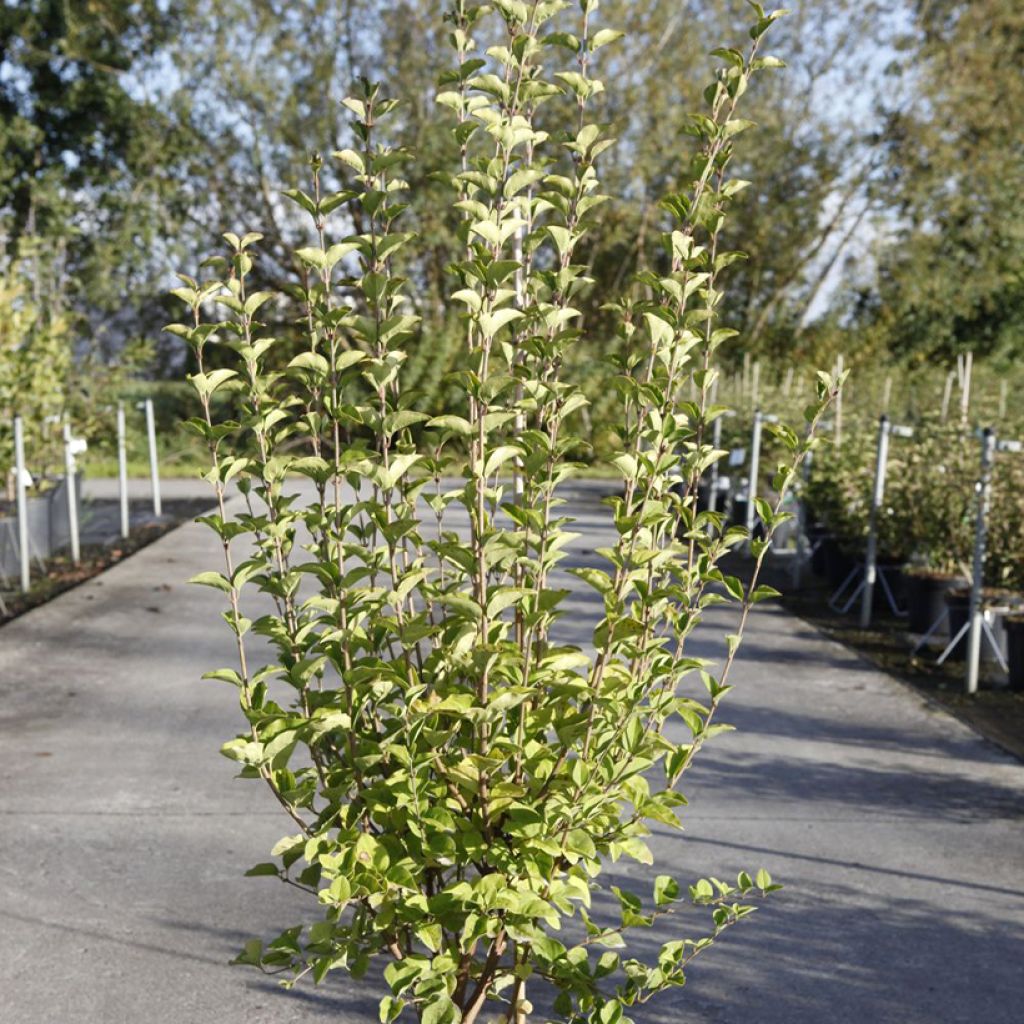

Syringa meyeri microphylla Tinkerbelle - Lilac
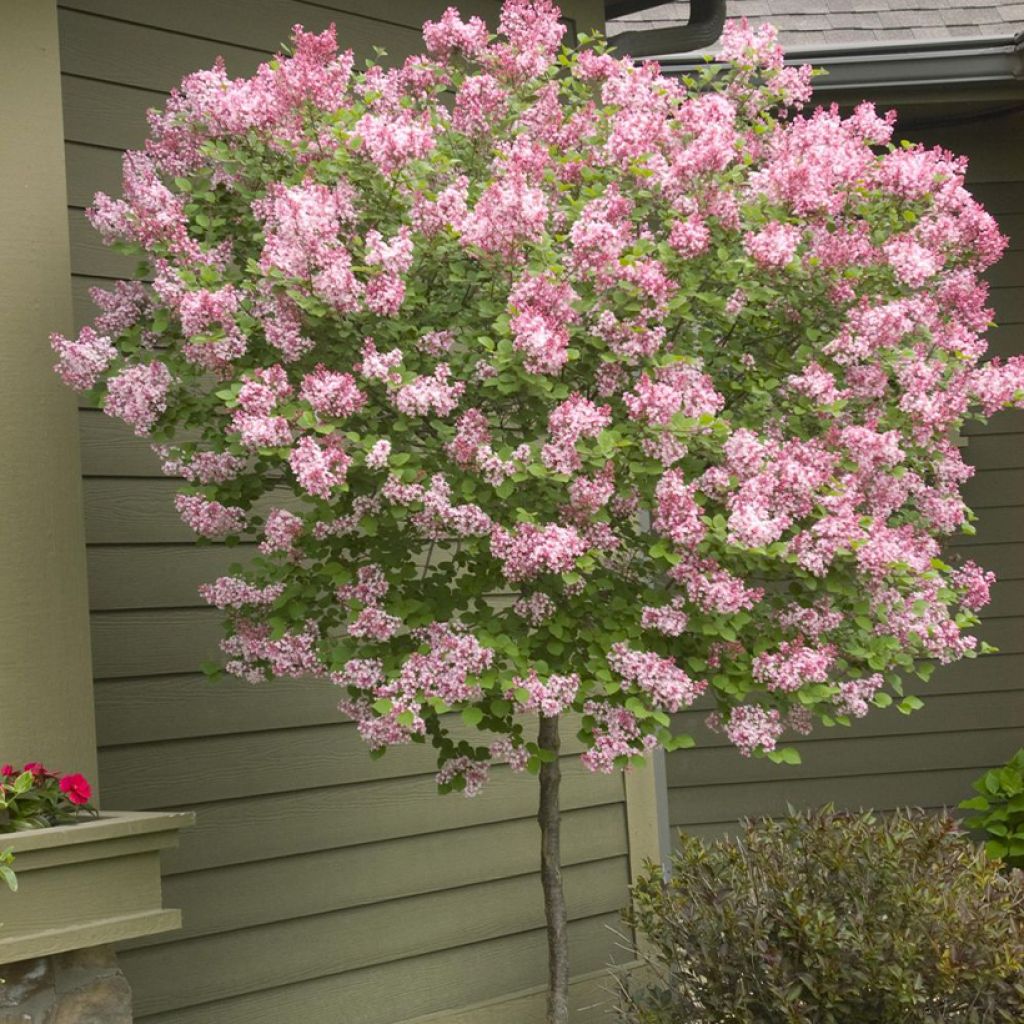

Syringa meyeri microphylla Tinkerbelle - Lilac
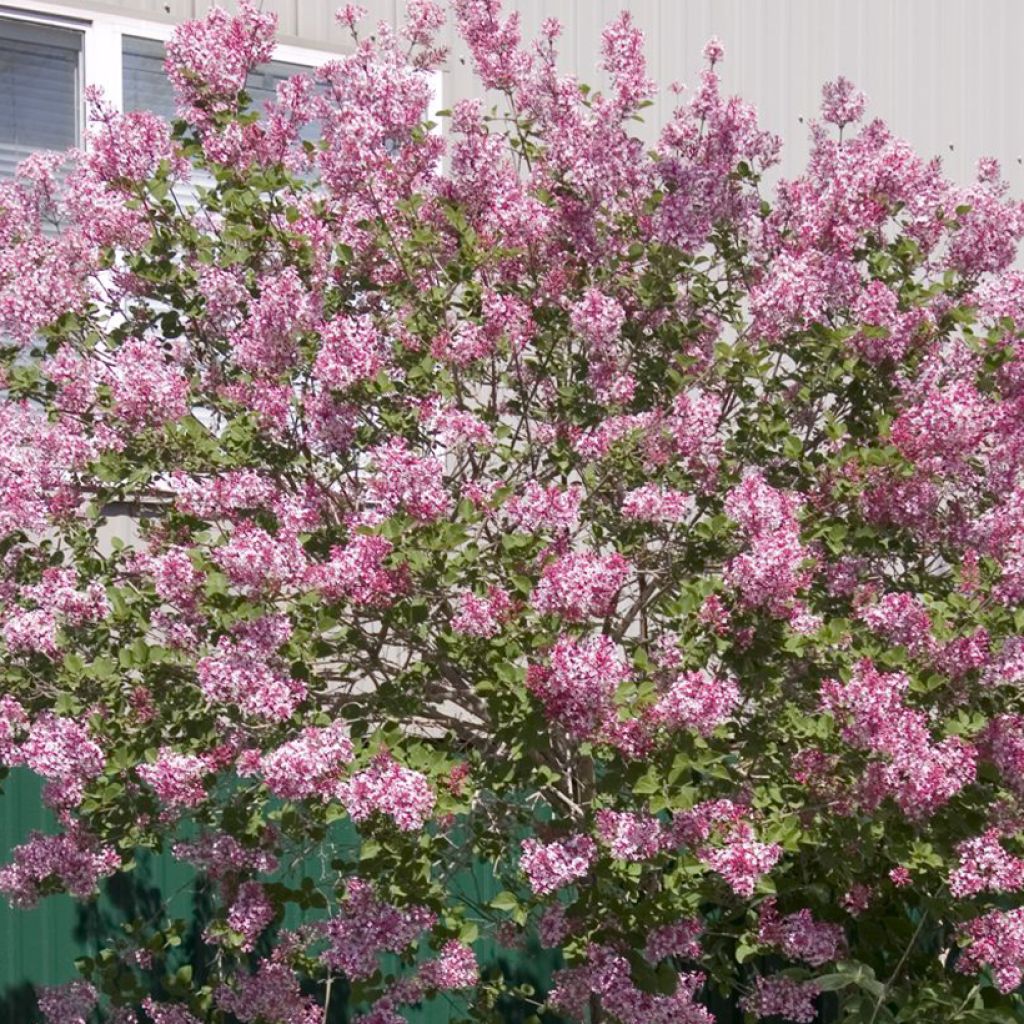

Syringa meyeri microphylla Tinkerbelle - Lilac
Syringa meyeri microphylla Tinkerbelle - Lilac
Syringa meyeri x microphylla Tinkerbelle®
Dwarf Lilac
Special offer!
Receive a €20 voucher for any order over €90 (excluding delivery costs, credit notes, and plastic-free options)!
1- Add your favorite plants to your cart.
2- Once you have reached €90, confirm your order (you can even choose the delivery date!).
3- As soon as your order is shipped, you will receive an email containing your voucher code, valid for 3 months (90 days).
Your voucher is unique and can only be used once, for any order with a minimum value of €20, excluding delivery costs.
Can be combined with other current offers, non-divisible and non-refundable.
Home or relay delivery (depending on size and destination)
Schedule delivery date,
and select date in basket
This plant carries a 24 months recovery warranty
More information
We guarantee the quality of our plants for a full growing cycle, and will replace at our expense any plant that fails to recover under normal climatic and planting conditions.

Does this plant fit my garden?
Set up your Plantfit profile →
Description
The Syringa Tinkerbelle (Syringa x 'Bailbelle') is a variety of dwarf lilac, flowering abundantly in spring and well-suited to small spaces and fairly dry soils in summer. It is a bushy and compact shrub with a profusion of small clusters of wine-red buds and much lighter pink florets, creating a beautiful two-tone effect. The distinctive flowers also give off an unusual but very pleasant fragrance with spicy notes. The foliage of this lilac, finer than that of traditional varieties, adds a lovely fresh touch in summer. It can be planted as a free-standing specimen, in a bed, in a small flowering hedge or even in a large pot on the terrace.
The Tinkerbelle lilac belongs to the Oleaceae family. It is an exceptional hybrid obtained by crossing Syringa meyeri and S. microphylla. This variety naturally forms a rounded, compact and branching bush, almost as wide as it is tall. It grows up to 2m (6.5ft) in height and 1.50m (5ft) in spread when fully grown, most often reaching 1.75m (5.8 ft) in height. Its grows quite slowly, benefitting from a moist, rich, soil. This variety flowers abundantly from a very young age, in April-May, a few days before the common lilacs, in the form of pleasantly fragrant pyramidal thyrses, 10 to 14 cm (3.9 - 5.5 in) long, composed of small, single flowers, pale pink with reddish-pink undersides, emerging from claret-red buds. These inflorescences are grouped in bunches at the tips of the previous year's shoots. The flowers attract many butterflies and pollinating insects. Its deciduous foliage is composed of small, medium green, elliptical leaves, 2 to 4 cm (0.8 - 1.6 in) long. They turn yellow in autumn before falling off.
Fragrance, flowers, childhood memories or even symbollic of an important event - everyone has a good reason to love lilacs, which are as endearing as they are unpretentious. Lilac 'Tinkerbelle' is at home in a small garden or on a terrace, wherever space is at a premium. Perfectly hardy, easy to grow in ordinary, well-drained soil, even in cold or dry regions. It is undemanding and adapts to all garden styles and climates. It is a major component in the creation of a scented garden, flowering alongside the cytisus and pink or white broom. It can also be planted in groups, individually or as a loose hedge mixed with other species (flowering apple trees, Japanese cherry trees, Chinese almond trees, forsythia, Japanese quince trees, Deutzias, etc.). Its deliciously fragrant clusters are a welcome addition to spring bouquets, along with the first garden irises, early peonies, bellflowers and florists' ranunculus.
Syringa meyeri microphylla Tinkerbelle - Lilac in pictures
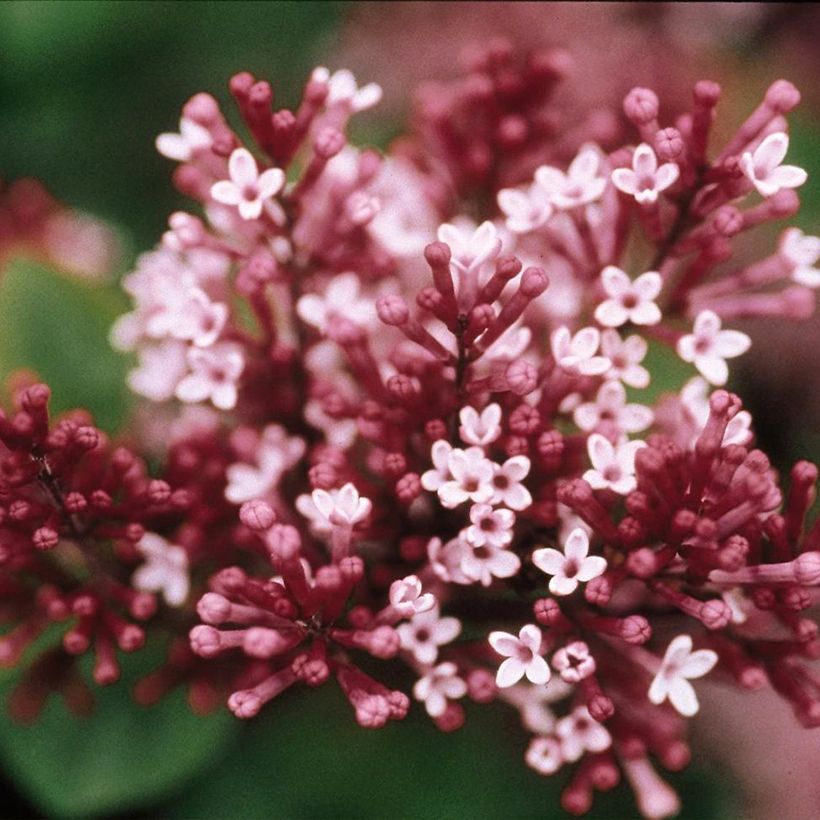

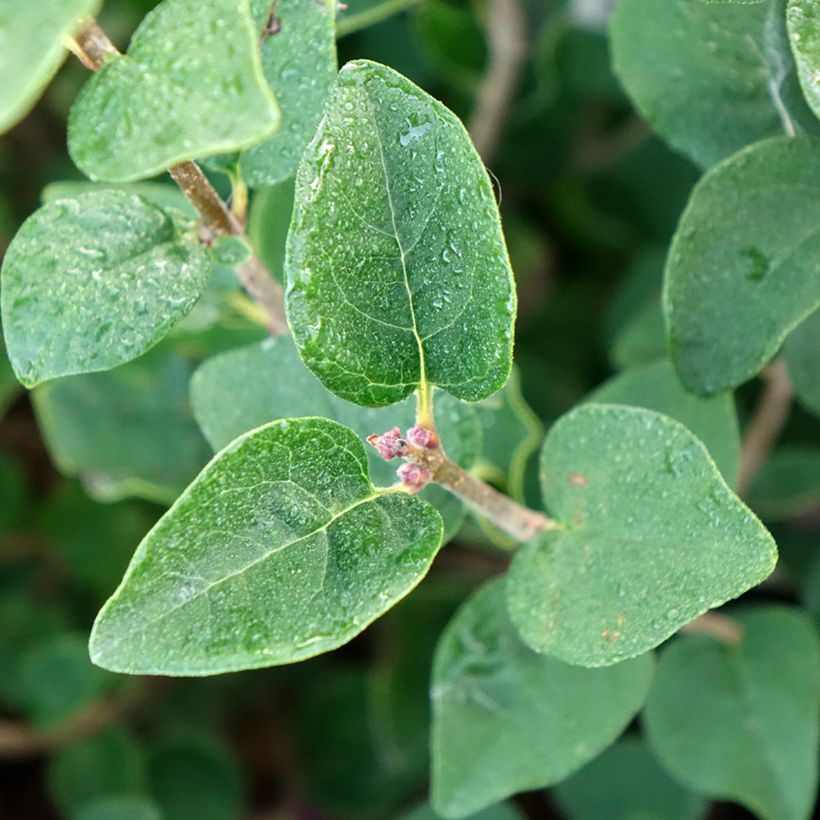

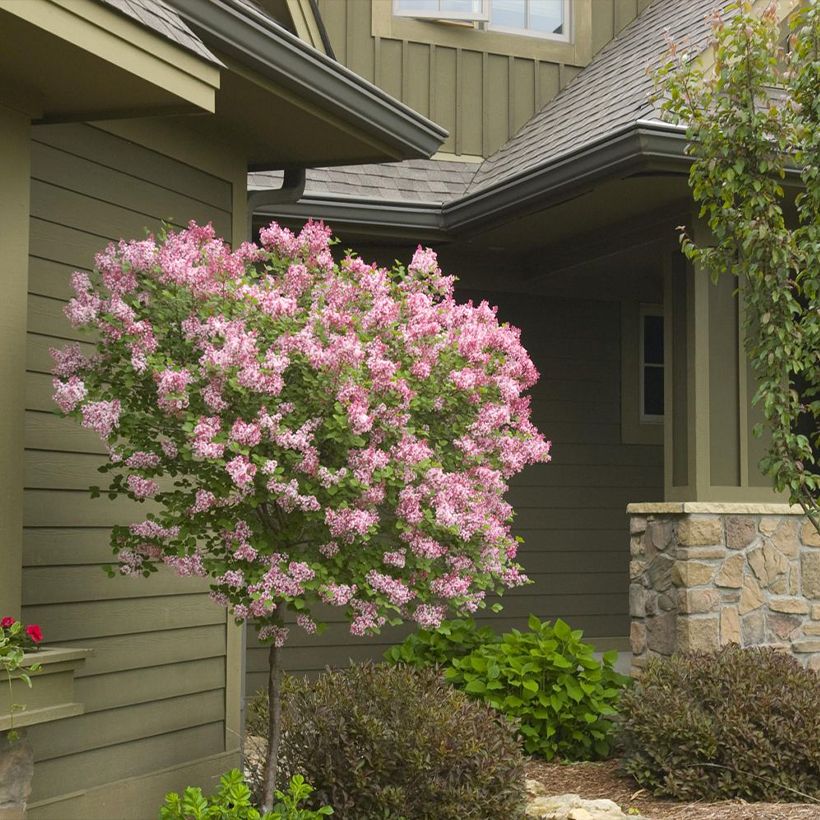

Plant habit
Flowering
Foliage
Botanical data
Syringa
meyeri x microphylla
Tinkerbelle®
Oleaceae
Dwarf Lilac
Cultivar or hybrid
Other Syringa - Lilac
View all →Planting and care
Syringa Tinkerbelle should be planted from November to March and from September to June. It adapts to any ordinary garden soil, but prefers deep, friable, well-drained soil that is not too dry, even chalky soils will do. Adding an all-purpose fertilizer every year at the start of the growing season is recommended. Once well-rooted, it does not need much watering. It is best to plant it in full sun or light shade in hot climates, as it flowers best in maximum light and with distince winters. It is useful to cut off faded blooms after flowering to avoid fruiting, which is of no interest and depletes the plant's energy. Pruning is not obligatory for this naturally compact variety. Avoid severe pruning that limits flowering the following spring.
Planting period
Intended location
Care
Planting & care advice
-
, onOrder confirmed
Reply from on Promesse de fleurs
Similar products
Haven't found what you were looking for?
Hardiness is the lowest winter temperature a plant can endure without suffering serious damage or even dying. However, hardiness is affected by location (a sheltered area, such as a patio), protection (winter cover) and soil type (hardiness is improved by well-drained soil).

Photo Sharing Terms & Conditions
In order to encourage gardeners to interact and share their experiences, Promesse de fleurs offers various media enabling content to be uploaded onto its Site - in particular via the ‘Photo sharing’ module.
The User agrees to refrain from:
- Posting any content that is illegal, prejudicial, insulting, racist, inciteful to hatred, revisionist, contrary to public decency, that infringes on privacy or on the privacy rights of third parties, in particular the publicity rights of persons and goods, intellectual property rights, or the right to privacy.
- Submitting content on behalf of a third party;
- Impersonate the identity of a third party and/or publish any personal information about a third party;
In general, the User undertakes to refrain from any unethical behaviour.
All Content (in particular text, comments, files, images, photos, videos, creative works, etc.), which may be subject to property or intellectual property rights, image or other private rights, shall remain the property of the User, subject to the limited rights granted by the terms of the licence granted by Promesse de fleurs as stated below. Users are at liberty to publish or not to publish such Content on the Site, notably via the ‘Photo Sharing’ facility, and accept that this Content shall be made public and freely accessible, notably on the Internet.
Users further acknowledge, undertake to have ,and guarantee that they hold all necessary rights and permissions to publish such material on the Site, in particular with regard to the legislation in force pertaining to any privacy, property, intellectual property, image, or contractual rights, or rights of any other nature. By publishing such Content on the Site, Users acknowledge accepting full liability as publishers of the Content within the meaning of the law, and grant Promesse de fleurs, free of charge, an inclusive, worldwide licence for the said Content for the entire duration of its publication, including all reproduction, representation, up/downloading, displaying, performing, transmission, and storage rights.
Users also grant permission for their name to be linked to the Content and accept that this link may not always be made available.
By engaging in posting material, Users consent to their Content becoming automatically accessible on the Internet, in particular on other sites and/or blogs and/or web pages of the Promesse de fleurs site, including in particular social pages and the Promesse de fleurs catalogue.
Users may secure the removal of entrusted content free of charge by issuing a simple request via our contact form.
The flowering period indicated on our website applies to countries and regions located in USDA zone 8 (France, the United Kingdom, Ireland, the Netherlands, etc.)
It will vary according to where you live:
- In zones 9 to 10 (Italy, Spain, Greece, etc.), flowering will occur about 2 to 4 weeks earlier.
- In zones 6 to 7 (Germany, Poland, Slovenia, and lower mountainous regions), flowering will be delayed by 2 to 3 weeks.
- In zone 5 (Central Europe, Scandinavia), blooming will be delayed by 3 to 5 weeks.
In temperate climates, pruning of spring-flowering shrubs (forsythia, spireas, etc.) should be done just after flowering.
Pruning of summer-flowering shrubs (Indian Lilac, Perovskia, etc.) can be done in winter or spring.
In cold regions as well as with frost-sensitive plants, avoid pruning too early when severe frosts may still occur.
The planting period indicated on our website applies to countries and regions located in USDA zone 8 (France, United Kingdom, Ireland, Netherlands).
It will vary according to where you live:
- In Mediterranean zones (Marseille, Madrid, Milan, etc.), autumn and winter are the best planting periods.
- In continental zones (Strasbourg, Munich, Vienna, etc.), delay planting by 2 to 3 weeks in spring and bring it forward by 2 to 4 weeks in autumn.
- In mountainous regions (the Alps, Pyrenees, Carpathians, etc.), it is best to plant in late spring (May-June) or late summer (August-September).
The harvesting period indicated on our website applies to countries and regions in USDA zone 8 (France, England, Ireland, the Netherlands).
In colder areas (Scandinavia, Poland, Austria...) fruit and vegetable harvests are likely to be delayed by 3-4 weeks.
In warmer areas (Italy, Spain, Greece, etc.), harvesting will probably take place earlier, depending on weather conditions.
The sowing periods indicated on our website apply to countries and regions within USDA Zone 8 (France, UK, Ireland, Netherlands).
In colder areas (Scandinavia, Poland, Austria...), delay any outdoor sowing by 3-4 weeks, or sow under glass.
In warmer climes (Italy, Spain, Greece, etc.), bring outdoor sowing forward by a few weeks.






























